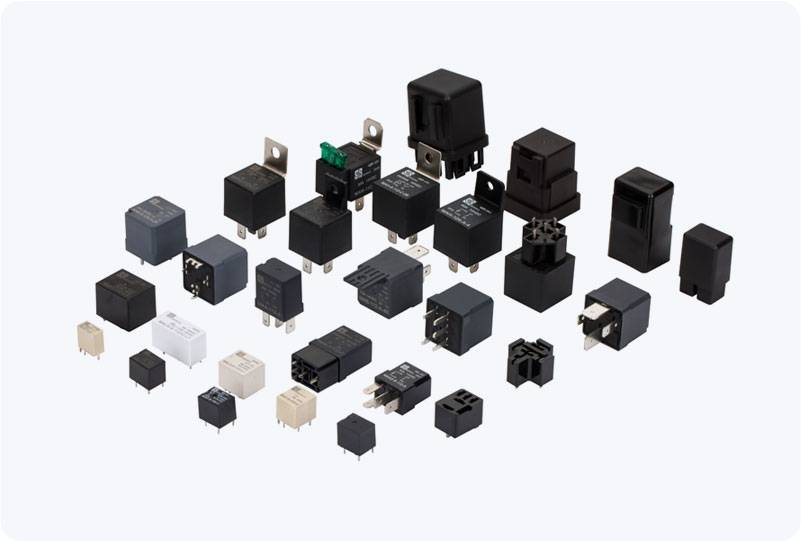understanding temperature control relay: key features and applications
Release time:2025-08-22 11:45:59
A Temperature Control Relay is an essential component used in various industrial and household applications to monitor and regulate temperature. By automatically controlling the activation and deactivation of heating or cooling devices based on preset temperature thresholds, this device plays a pivotal role in maintaining the desired temperature within a specific range. From industrial machinery to household appliances, the Temperature Control Relay ensures that temperature-sensitive systems operate within safe and optimal conditions.

How Does a Temperature Control Relay Work?
A Temperature Control Relay typically consists of two main components: a temperature sensor and a relay switch. The sensor measures the ambient temperature and compares it with the set point programmed into the relay. Once the temperature reaches the threshold, the relay triggers an action, either turning on or off connected heating or cooling equipment.
For example, in an industrial furnace, the sensor continuously monitors the internal temperature. When the temperature surpasses a predefined level, the relay might disconnect the heating element to prevent overheating. Conversely, when the temperature falls below a certain value, the relay will turn the heating element back on. This automatic adjustment ensures that the system operates within safe temperature limits, preventing potential damage to equipment or compromising product quality.

